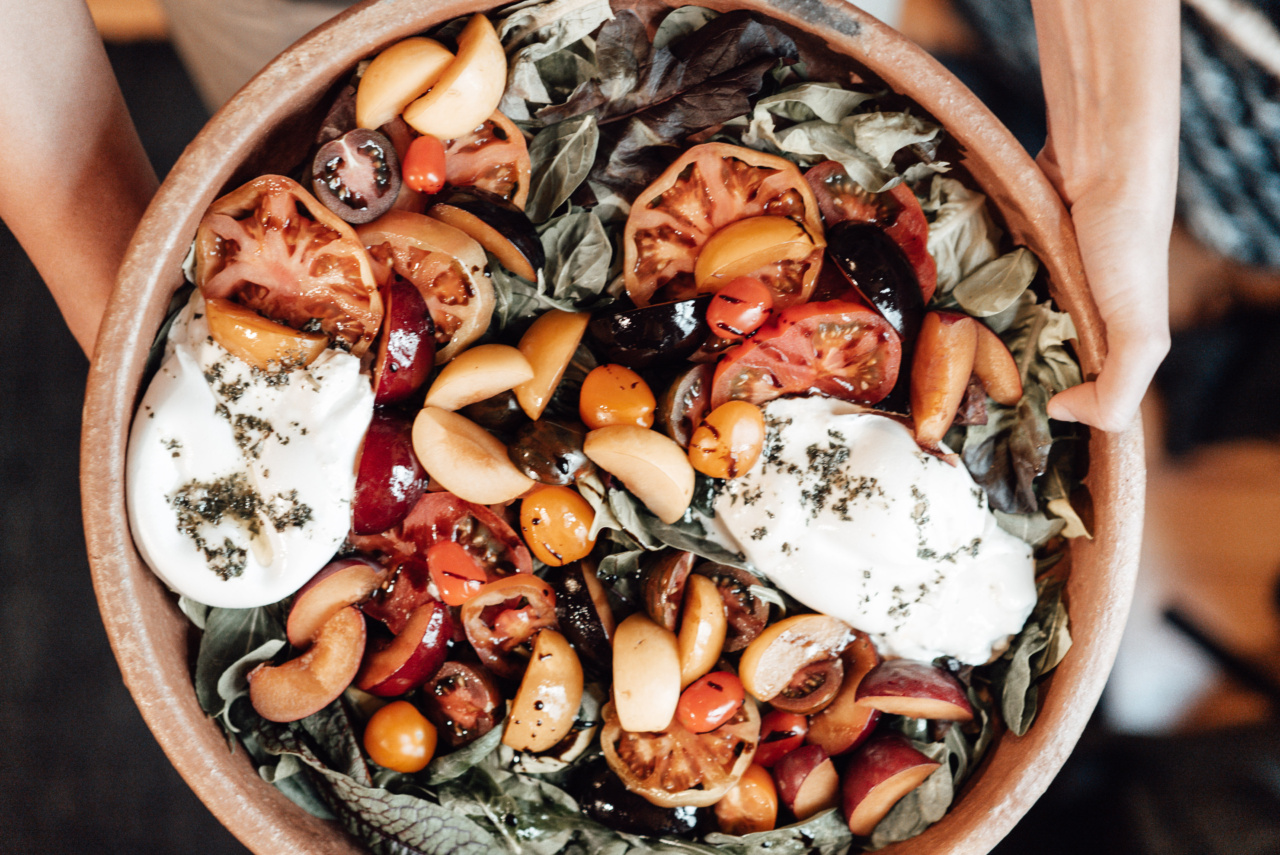Food poisoning is a common and unpleasant experience that occurs when we consume contaminated food or drinks. While many foods can potentially cause food poisoning, there are certain notorious culprits that have a higher likelihood of causing illness.
In this article, we will explore six foods that are infamous for their association with food poisoning.
1. Raw or Undercooked Meat and Poultry
Raw or undercooked meats and poultry, especially chicken and beef, are well-known sources of food poisoning. These foods can contain various harmful bacteria such as Salmonella, E. coli, and Campylobacter.
When meat or poultry is not cooked at the appropriate temperatures, these bacteria may survive and cause infections in humans.
2. Unpasteurized Dairy Products
Unpasteurized dairy products, such as raw milk and cheese made from unpasteurized milk, pose a significant risk of food poisoning. These products can harbor harmful bacteria, including Listeria, Salmonella, and E. coli.
Pasteurization, a process of heating the dairy products to kill bacteria, is essential for reducing the risk of foodborne illnesses.
3. Raw Seafood
Raw seafood, like oysters, clams, and sushi, has gained popularity in recent years. However, consuming raw or improperly handled seafood increases the risk of food poisoning.
Raw seafood can be contaminated with Vibrio, Norovirus, and other pathogens, leading to severe gastrointestinal symptoms.
4. Eggs
Eggs are a versatile and nutritious food, but they can also harbor Salmonella. This bacterium can be found on the shell of the egg and sometimes even inside the egg if not cooked properly.
To minimize the risk of food poisoning, eggs should be cooked until both the yolk and white are firm.
5. Leafy Greens
Leafy greens, such as lettuce, spinach, and kale, have been linked to several food poisoning outbreaks. These greens can become contaminated during growing, harvesting, or processing. E.
coli and Salmonella are common culprits associated with leafy green-related illnesses. Thoroughly washing and properly storing greens can help reduce the risk.
6. Shellfish
Shellfish, including mussels, clams, and scallops, can be a source of food poisoning when consumed undercooked or harvested from polluted waters. Bacterial contamination, particularly Vibrio, can pose a significant health risk.
It is crucial to ensure shellfish is cooked thoroughly before enjoying.
Preventing Food Poisoning
While these foods are notorious for causing food poisoning, it is vital to take precautions to reduce the risk. Here are some essential tips:.
1. Safe Food Handling and Preparation
Practicing proper food handling and preparation techniques is essential.
This includes regular handwashing, keeping raw and cooked foods separate, using separate cutting boards for meat and produce, and ensuring adequate cooking temperatures are reached.
2. Refrigeration
Proper refrigeration of perishable foods, particularly those prone to contamination, is crucial. Refrigerators should be set at temperatures below 40°F (4°C) to slow bacterial growth.
Leftovers should be promptly stored in the refrigerator and consumed within a safe time frame.
3. Avoiding Cross-Contamination
Cross-contamination occurs when bacteria from one food item are transferred to another. It is important to prevent cross-contamination by cleaning and sanitizing all utensils, cutting boards, and surfaces after each use.
It is also advisable to use separate utensils and dishes for raw and cooked foods.
4. Washing Produce
Thoroughly washing fruits and vegetables under running water can help remove potential pathogens. Using a produce brush for firmer produce like melons can aid in cleaning.
Additionally, removing the outer leaves of leafy greens can reduce the risk of contamination.
5. Proper Storage
Properly storing food can prevent the growth of bacteria. Perishable items, including raw meat, dairy, and seafood, should be stored at the appropriate temperatures to limit bacterial growth.
Use-by and expiration dates should be followed, and spoiled or expired food items should be discarded.
Conclusion
Food poisoning is an unfortunate consequence of consuming contaminated foods. Raw or undercooked meat and poultry, unpasteurized dairy products, raw seafood, eggs, leafy greens, and shellfish are among the foods notorious for causing food poisoning.
By implementing safe handling practices and following proper food storage and preparation techniques, we can protect ourselves and our loved ones from the unpleasant effects of foodborne illnesses.






























